Wise Use
Case Study
2018 Long-term investigation and monitoring of environmental ecology and society in Yongan Important Wetland
Date:2021/03/25
Number of Visitors628
Project title:
2018 Long-term investigation and monitoring of environmental ecology and society in Yongan Important Wetland
Project executive agency:
Kaohsiung City Government
Project execution team:
National Sun Yat-sen University
Features of wetland:
The status of Yongan Important Wetland was approved as a local-level important wetland by the Ministry of the Interior's Announcement No. 1070802169 on February 8, 2018. The wetland is located on the east side of Hsinta Power Plant’s coal yard. The wetland is aligned with the northern boundary of the solar power plant in the north and ends at Yongda Road in the south. It is bounded by Xingda Road in the west and Wuwei Gutter connecting the lagoon in the east. The wetland area is 41.25 ha. From a historical point of view, the important wetland of Yongan is contained within the Old Taijiang Inner Sea and can be connected with the current wetland in the Taijiang National Park, maintaining the integrity of the wetland. Yongan Important Wetland combines salt culture history, mangrove ecology and precious migratory bird resources at the same time, and can become a special ecological tourist attraction for coastal sightseeing in Kaohsiung.
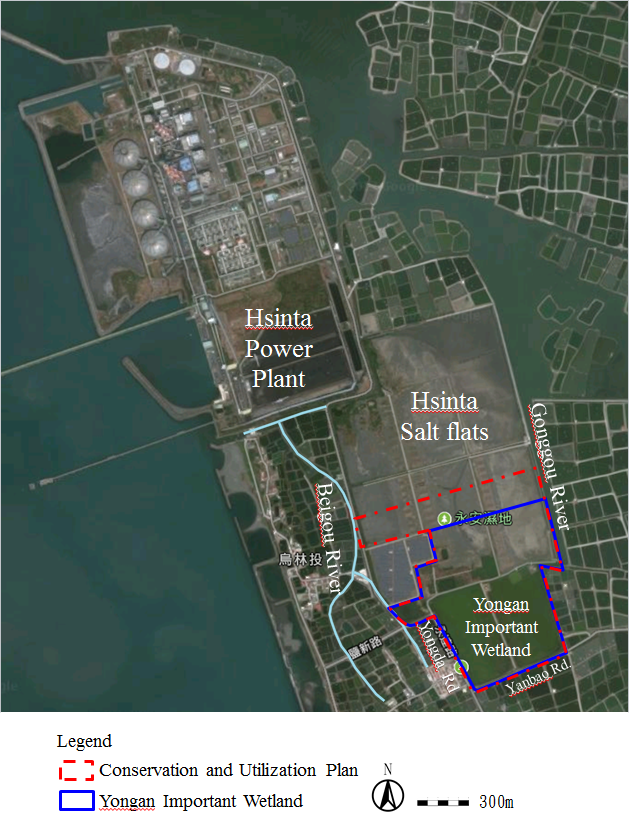
Schematic diagram of Yongan Important Wetland conservation and utilization plan
Project results and contents:
I. Bird survey
Changes in bird populations over the years are mainly due to changes in water levels and changes in the utilization of water bird habitats. For example, as the water level drops in the Hsinta Salt Flats in the north of the wetland, more and more herons and great egrets concentrate there; the water level in the south was originally low and could be used by short-legged shore birds. As the water level rises, the bird species used have become black-faced spoonbills, Anatidae, long-legged shore birds.
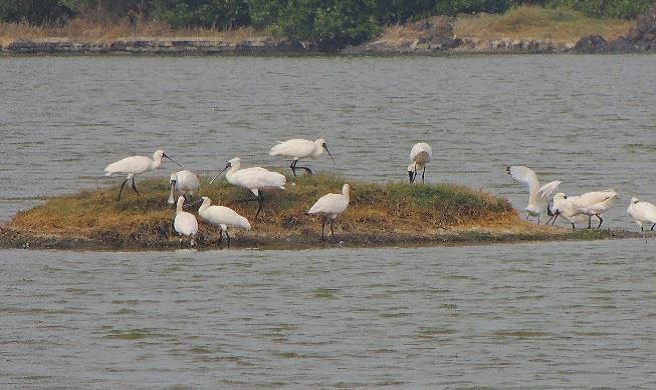
Bird in Yongan Important Wetland-Black-faced Spoonbill (Provided by Yongan Wetland Ecological Education Center Facebook taken in 2018)
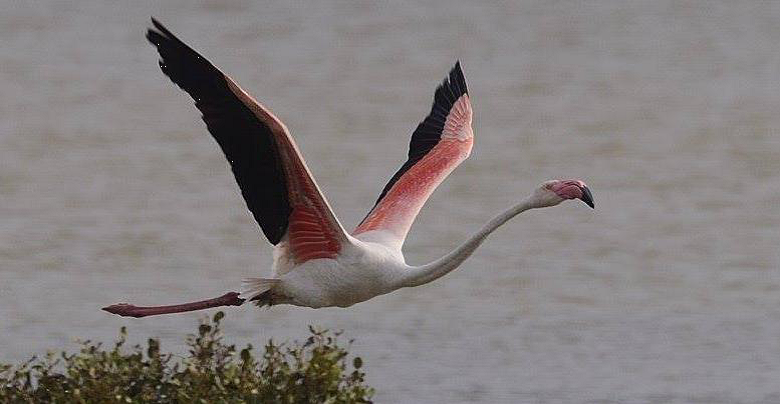
Birds in Yongan Important Wetland- Greater flamingo (Provided by Yongan Wetland Ecological Education Center Facebook taken in 2018)
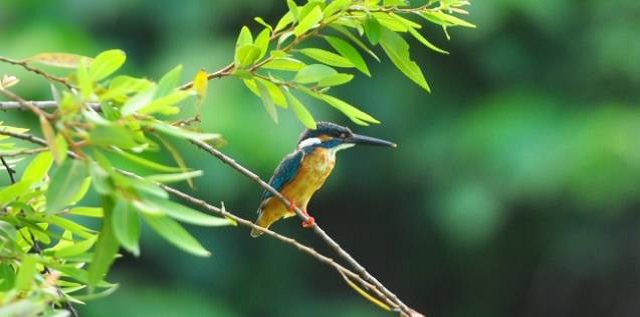
Birds in Yongan Important Wetland- Common Kingfisher(Provided by Yongan Wetland Ecological Education Center Facebook taken in 2018)
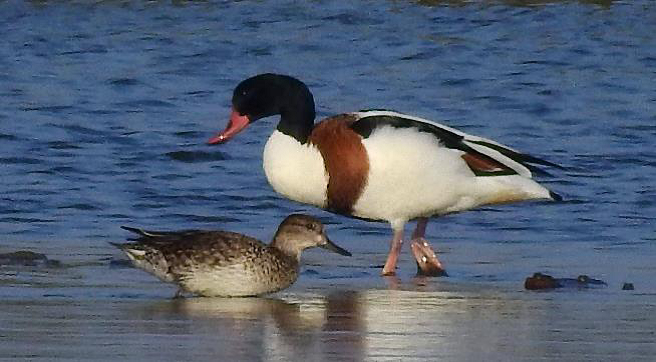
Birds in Yongan Important Wetland- Common Shelduck (Provided by Yongan Wetland Ecological Education Center Facebook taken in 2018)
II. Ecological Education Course
A total of 7 ecological education-related activities were held, including 2 ecological lectures, 1 academic forum, 3 large-scale events, and 1 gala. Ecological lectures and results gala were held by the Ecological Education Center. One academic forum was held where participants were invited to participate in briefings, and 3 large-scale events related to local event activities and DIY activities were held.
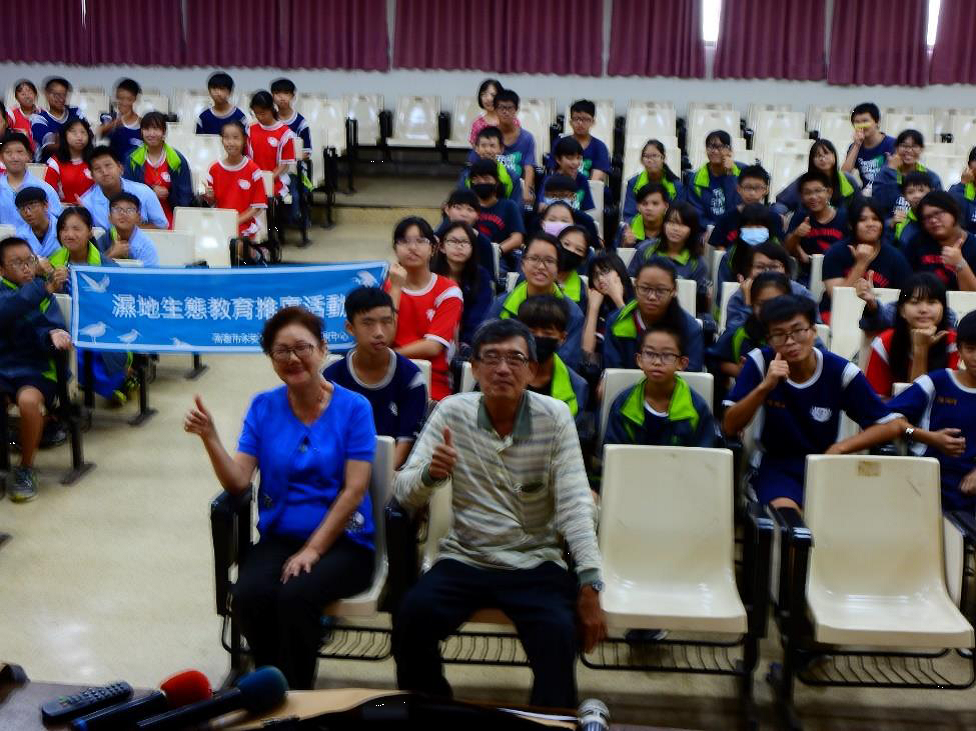
Ecological Lecture-Yongan Junior High (Provided by Yongan Wetland Ecological Education Center Facebook taken in 2018)
III. 2018 work of Yongan Important Wetland Ecological Education Center
i. Patrol
An injured Black-faced Spoonbill was discovered on March 19, 2018. The station personnel notified the Kaohsiung City Government Maintenance Office according to procedures, and through the horizontal link to the Kaohsiung City Government Agriculture Bureau, the Endemic Species Research Institute Qigu Research Center and Loving Kindness Animal Hospital assisted in treating the bird. Under the care of Loving Kindness Animal Hospital, after a good assessment, they returned to the Yongan Important Wetland and put them in the wild.
ii. Ecological Education Service
With the promotion efforts in recent years, the Ecological Education Center has increased the number of activities and enriched the content of the activities year by year, and let parents and children participate in a DIY way. This, not only allows the public to learn about wetland creatures, but also strengthens parent-child interaction.
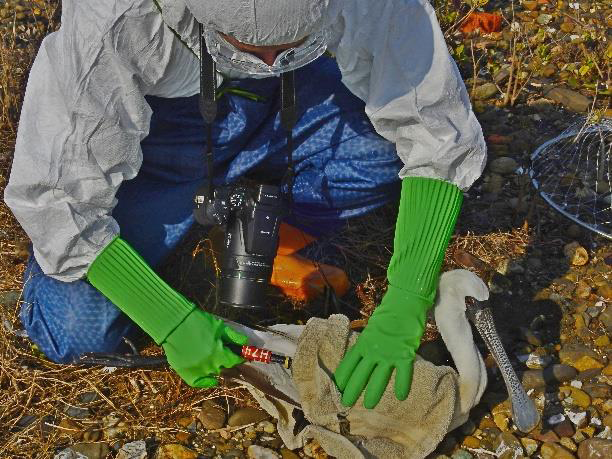
Station personnel found an injured Black-faced spoonbill (photo taken on 2018/03/19)
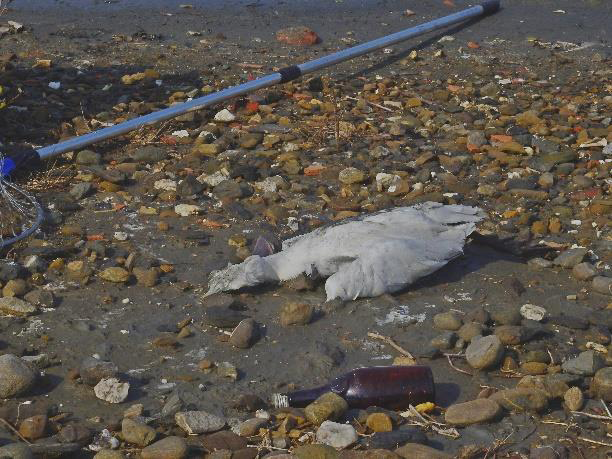
Station personnel found dead Black-faced spoonbill (photo taken on 2018/03/19)

Yongan Important Wetland Ecological Education Center DIY Activity: Dragonfly DIY

Yongan Important Wetland Ecological Education Center DIY Activity: Grouper Gypsum Painted DIY Promotion Poster (taken in 2018/03)
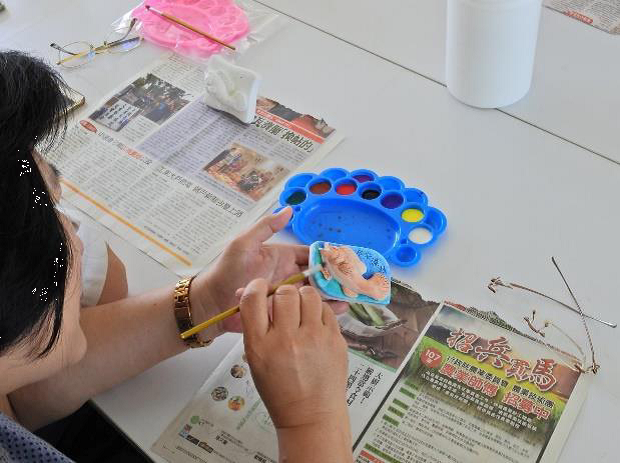
DIY activity at Yongan Important Wetland Ecological Education Center: Grouper plaster painting activity (taken in 2018/03)
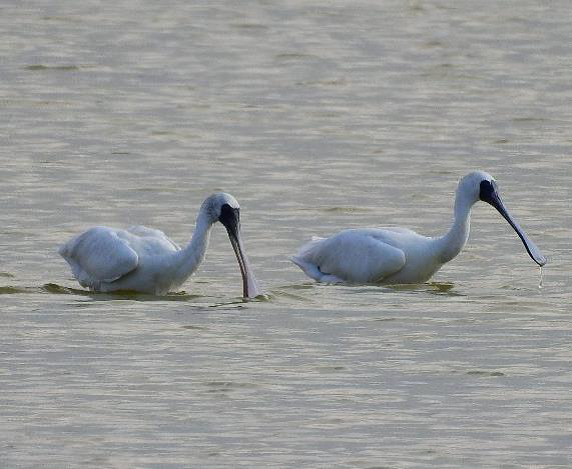
Bird watching station commentary-Black-faced Spoonbill
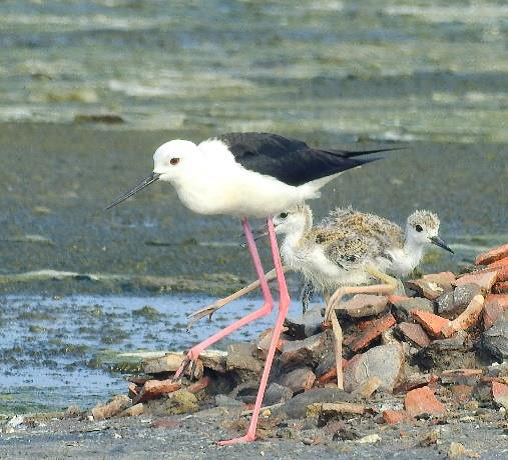
Bird watching station commentary- Black-winged Stilt nursery
IV. Important wetland conservation and utilization plan
The important wetland conservation and utilization plan was announced in September 2020. It is hoped that through wise use and functional zoning, it can meet the needs of the public, as well as power and biological utilization needs. In addition, Taipower considers the northern wetland area adjacent to the gas-fired units of Hsinta Power Plant, and an additional 15ha is set up as a buffer zone to reduce the impact of environmental changes and take into account the current status of energy development and maintenance of the wetland. Therefore, the scope of this project is based on its function as a weltland. The zoning principle is divided into 3 districts, namely the core conservation area of 20.74 ha, the environmental education area of 20.51 ha, and the other district (buffer zone) of 15 ha, with a total area of 56.25 ha.
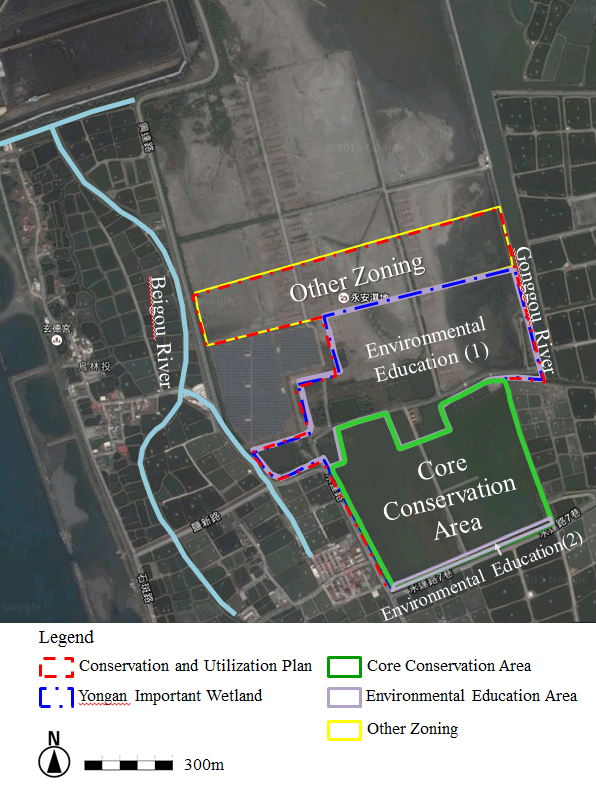
Functional zoning of Yongan Important Wetland Conservation and Utilization Plan (Sketch)
